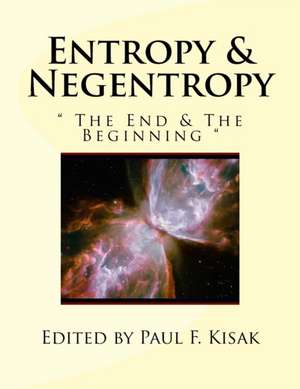Entropy & Negentropy
Autor Edited by Paul F. Kisaken Limba Engleză Paperback
Preț: 145.52 lei
Nou
Puncte Express: 218
Preț estimativ în valută:
27.85€ • 28.77$ • 23.18£
27.85€ • 28.77$ • 23.18£
Carte disponibilă
Livrare economică 04-18 martie
Preluare comenzi: 021 569.72.76
Specificații
ISBN-13: 9781519182494
ISBN-10: 151918249X
Pagini: 256
Dimensiuni: 216 x 280 x 14 mm
Greutate: 0.6 kg
Editura: CreateSpace Independent Publishing Platform
ISBN-10: 151918249X
Pagini: 256
Dimensiuni: 216 x 280 x 14 mm
Greutate: 0.6 kg
Editura: CreateSpace Independent Publishing Platform
